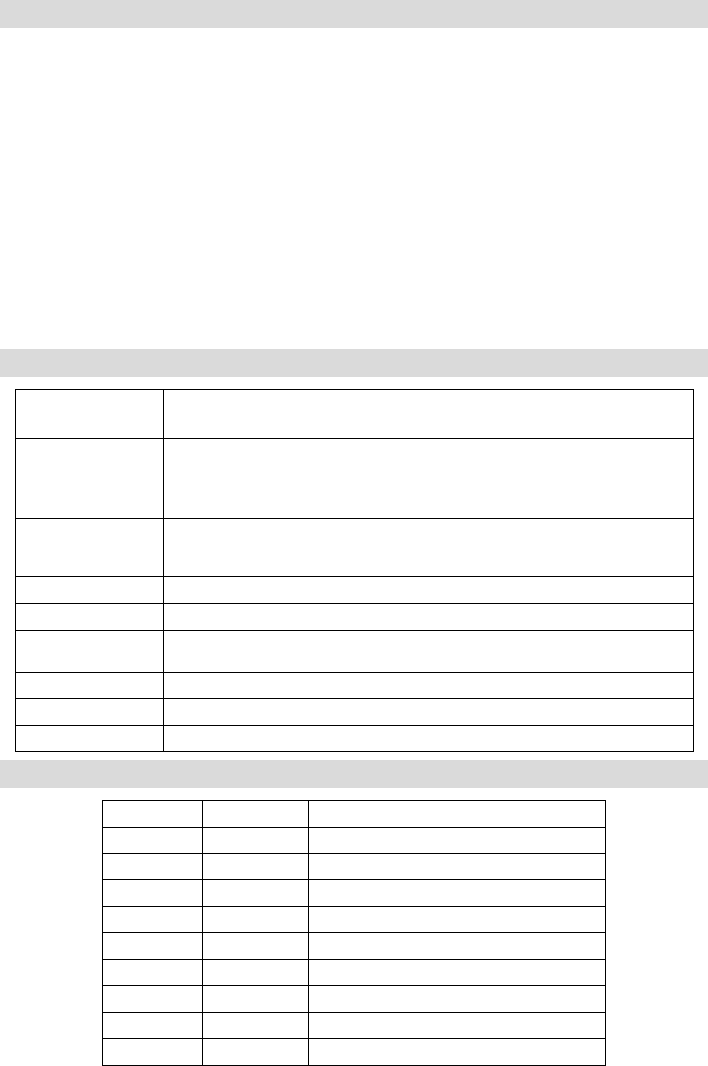
5
H
ELPFUL
H
INTS
Foods may be prepared with or without butter, shortening or oil. When frying, using a
small amount of fat will improve the flavor, color and/or crispness of meat, fish, poultry
and eggs. This skillet is not designed to deep fry. Never use more than one cup of
vegetable or peanut oil for shallow pan-frying. Meat may be cooked in its own juices if
the skillet is covered and the temperature control is set at “SIMMER.”
Plastic, rubber and wooden cooking tools are recommended for use on the non-stick
surface. Smooth-edged metal cooking tools may be used with care. However, do not
use sharp-edged metal (forks, knives, mashers, beaters or food choppers) as scratching
may occur. Never cut foods directly in the skillet, this will scratch the nonstick finish.
Minor scratching will affect only the appearance of the surface; it will not harm its non-
stick property or the food prepared in the skillet.
Periodically check the handles to ensure that they are completely tightened; they should
feel secure and not wobble. DO NOT OVERTIGHTEN, AS STRIPPING OF THE
SCREWS AND BREAKAGE OF THE HANDLES CAN OCCUR.
T
EMPERATURE
G
UIDE
WARM
Crisping; keeping meats, casseroles and vegetables warm for
serving
SIMMER
Simmering and warming leftovers, preparing frozen foods,
heating soups, cooking casseroles, puddings, cereals, baking
apples, braising and roasting meats and poultry
225°F/107°C
Preparing gravy, white sauce, and cheese sauce; cooking
frozen and fresh vegetables, baking beans
250°F/120°C Scrambling and frying eggs
300°F/150°C Frying bacon and sausage
325°F/162°C
Browning meats and poultry; frying fish, ham, chicken and
potatoes
350°F/175°C Grilling French toast and pancakes
375°F/190°C Grilling sandwiches
400°F/205°C Searing meats
R
OASTING
G
UIDE
MEAT
INTERNAL TEMPERATURES
Beef Rare 140°F/60°C
Medium 160°F/71°C
Well 170°F/76°C
Pork Fresh 170°F/76°C
Smoked 160°F/71°C
Canned 140°F/60°C
Lamb 170°F to 180°F/76°C to 82°C
Veal 170°F/76°C
Poultry 180°F/82°C


















